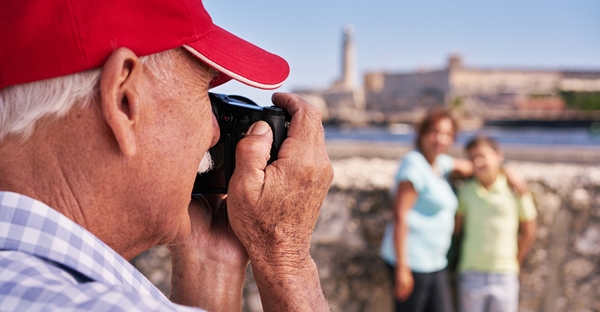[BEGINNING PHOTOGRAPHERS] These Quick Tips Will Have A Huge Impact On Your Photography
For me, one of the most exciting things about getting my first DSLR was the fact that I was finally able to control depth of field in my images.
Of course, back then I had no idea what it was called. I just knew I loved all the images that were playing with that amazing background blur creatively.
It took a while to learn what settings to use to do so myself. The whole concept seemed confusing – after all, I was just learning about the exposure triangle and my main focus was in trying to avoid over and underexposures. But once I had that “Ah-ha!” moment, it was suddenly all so simple.
These days, when taking portraits for clients, that background blur or bokeh is one of the most common things on their wishlist. They don’t know what it’s called, but they either describe it to me or send me example images of the style they’re looking for. Usually in these examples you see the subject in perfectly sharp focus, and everything else in the background is blurred. This is called a shallow depth of field.
On the other hand, I love shooting landscapes and while a nice bokeh can give you an interesting landscape image, I often prefer having the whole scenery in focus. In fact, most photographers are using a large depth of field to capture as many details of that beautiful view as possible.
GO TO THE NEXT PAGE FOR THE ARTICLE
So, how do you control the depth of field and maintain the perfect exposure at the same time? The following article will give you great tips for it.

